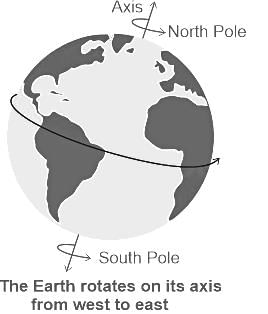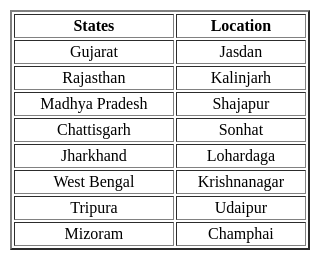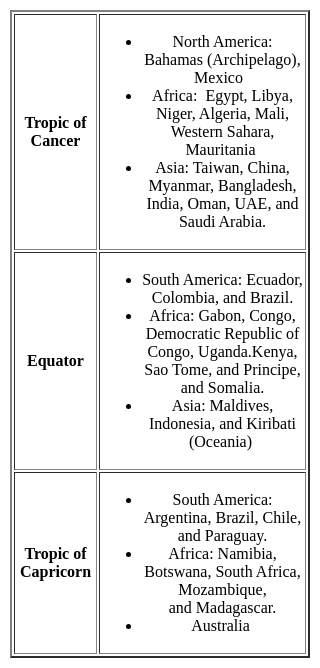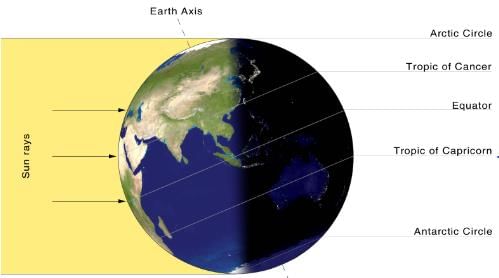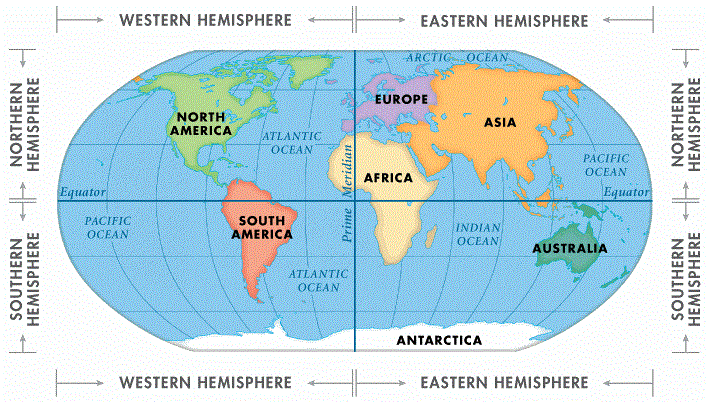Year 1 Exam > Year 1 Tests > Test: Our Earth - Year 1 MCQ
Test: Our Earth - Year 1 MCQ
Test Description
10 Questions MCQ Test - Test: Our Earth
Test: Our Earth for Year 1 2025 is part of Year 1 preparation. The Test: Our Earth questions and answers have been prepared
according to the Year 1 exam syllabus.The Test: Our Earth MCQs are made for Year 1 2025 Exam.
Find important definitions, questions, notes, meanings, examples, exercises, MCQs and online tests for Test: Our Earth below.
Solutions of Test: Our Earth questions in English are available as part of our course for Year 1 & Test: Our Earth solutions in
Hindi for Year 1 course.
Download more important topics, notes, lectures and mock test series for Year 1 Exam by signing up for free. Attempt Test: Our Earth | 10 questions in 12 minutes | Mock test for Year 1 preparation | Free important questions MCQ to study for Year 1 Exam | Download free PDF with solutions
Detailed Solution for Test: Our Earth - Question 1
Detailed Solution for Test: Our Earth - Question 2
Detailed Solution for Test: Our Earth - Question 3
Detailed Solution for Test: Our Earth - Question 4
Test: Our Earth - Question 5
What is the local time difference between Dwarka in Gujarat to Dibrughar in Assam?
Detailed Solution for Test: Our Earth - Question 5
Test: Our Earth - Question 6
The Tropic of Cancer does NOT pass through which of the following state?
Detailed Solution for Test: Our Earth - Question 6
Detailed Solution for Test: Our Earth - Question 7
Detailed Solution for Test: Our Earth - Question 8
Detailed Solution for Test: Our Earth - Question 9
Detailed Solution for Test: Our Earth - Question 10
Information about Test: Our Earth Page
In this test you can find the Exam questions for Test: Our Earth solved & explained in the simplest way possible.
Besides giving Questions and answers for Test: Our Earth, EduRev gives you an ample number of Online tests for practice
Download as PDF



